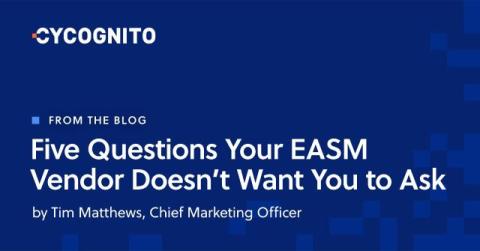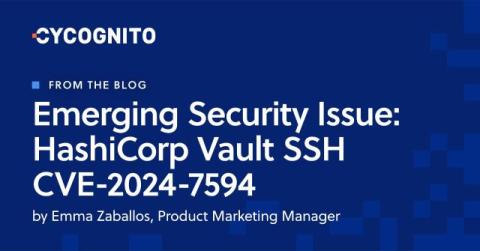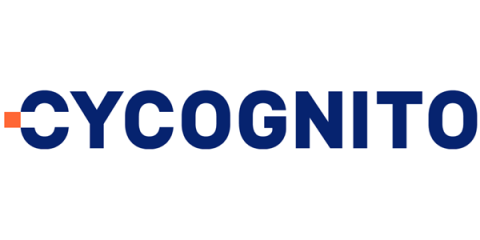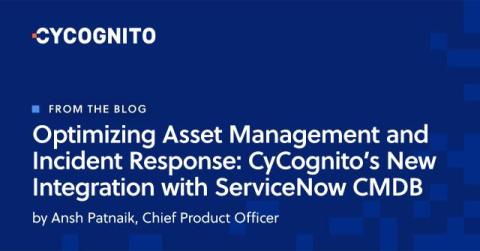Five Questions Your EASM Vendor Doesn't Want You to Ask
With EASM now a critical piece of security operations, it seems like every vendor is jumping into the EASM pool. But not all EASM products are created equal. Companies in adjacent markets, like threat intelligence, are creating attack surface scanning products that are well short of enterprise grade. The shortcomings of these basic EASM products can waste time, erode confidence in security teams, and give an inaccurate picture of organizational risk.











